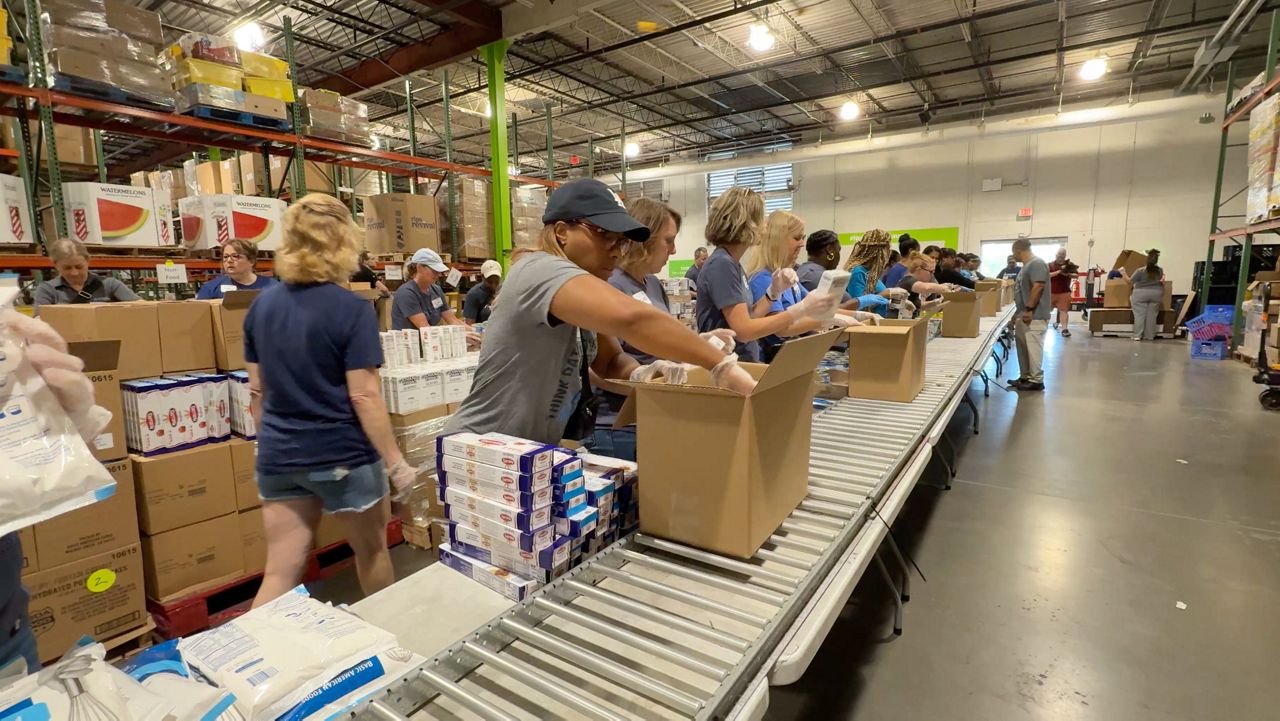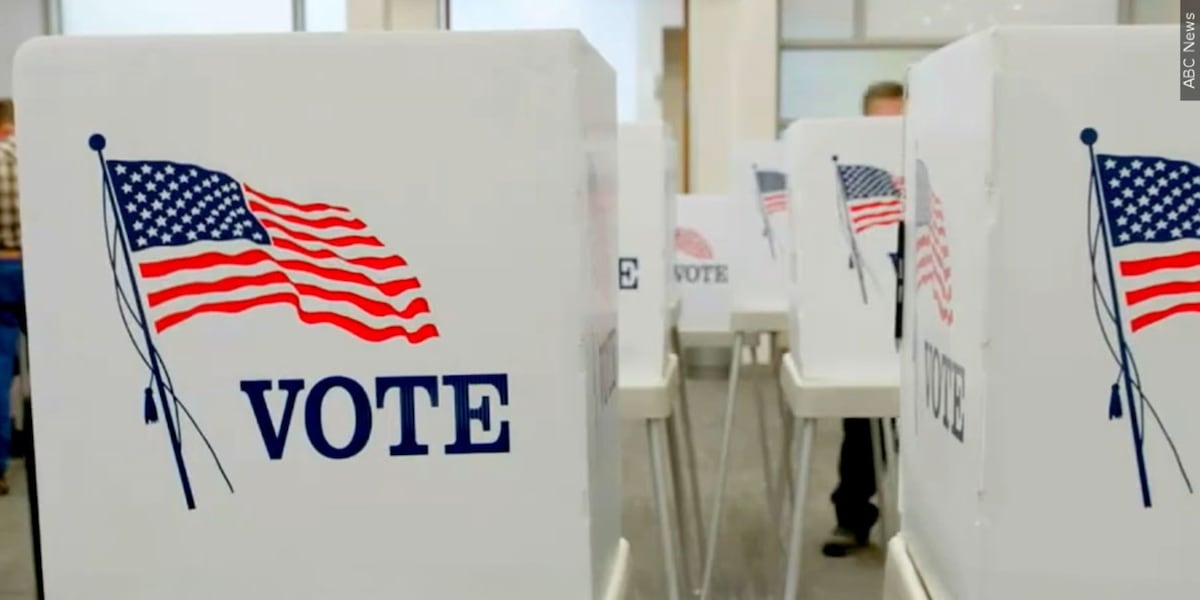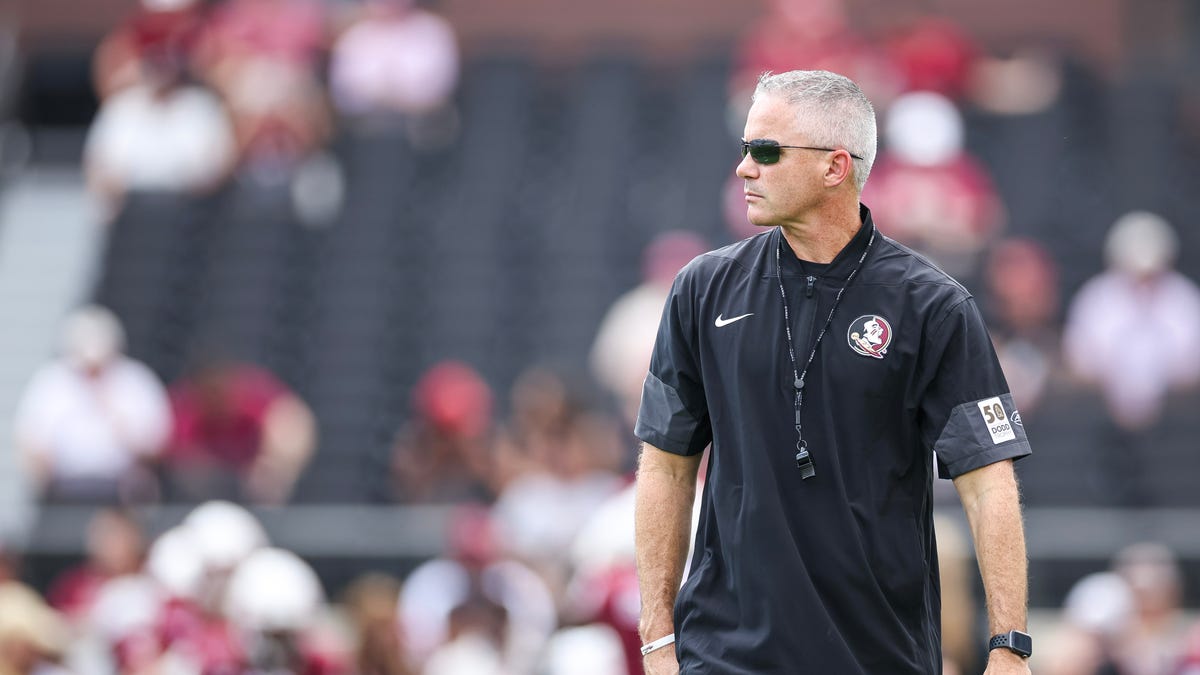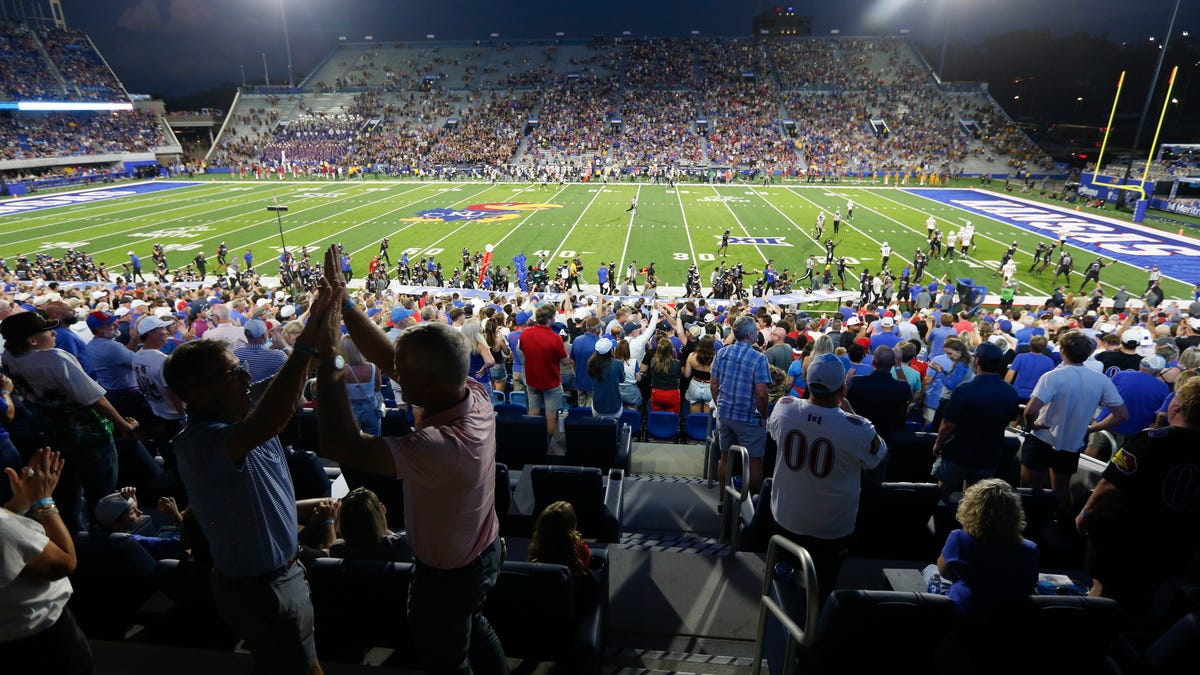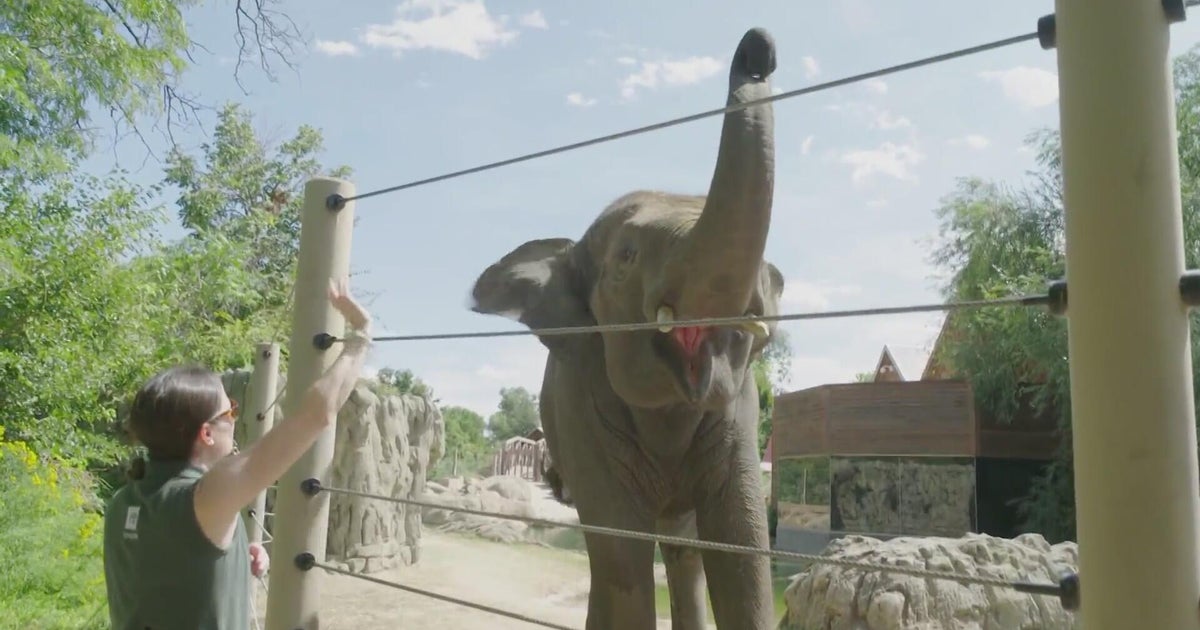Denver, CO
Colorado taxpayers will receive an $800 refund on their state income taxes

Coloradan taxpayers can each expect an extra $800 back when they file their state income tax returns early next year, state officials said Wednesday.
The refund is based on revenue collected above the cap set by the Taxpayer’s Bill of Rights, or TABOR, the state constitutional amendment passed by voters in 1992 to limit the growth of government. Unlike in 2022, when taxpayers received a check in the mail, people will collect the money through their tax filings in the form of higher refunds or reduced tax bills.
Overall, the state is refunding nearly $3.7 billion in over-collected revenue. The $800 per taxpayer is slightly lower than prior projections as a result of legislation passed during the General Assembly’s special session in November, when lawmakers also voted to give out flat TABOR refunds to everyone. The session was called to provide relief on property taxes and housing costs.
Typically, the state sets varying TABOR rebate amounts based on income, with higher-income households receiving higher shares because they paid more taxes.
Equal refunds will be higher for Coloradans who report incomes of less than $104,000 — an estimated 62% of filers — than those they’d receive under the six-tier system. They will net about $250 more for households with less than $51,000 in income and about $75 more for those reporting $51,000 to $104,000 in income.
An analysis by nonpartisan legislative staff found the flat refunds would disproportionately benefit women, people with a disability, Hispanic and Latino Coloradans, Black Coloradans and people of another race or who are multiracial, since those groups are more likely to live in lower-income households.
During the special session, lawmakers also increased the Earned Income Tax Credit that low-income households receive. The state matches up to 50% of the federal tax credit, the amount of which depends on a person’s income. Legislators diverted about $182.5 million from TABOR refunds to pay for that.
State economists for the legislative branch and the governor’s office predict TABOR refunds will continue for the next several fiscal years, though not at such historic amounts.
The legislative economists forecast a surplus of about $1.8 billion in the current fiscal year, which ends June 30, and again in the 2024-25 fiscal year. The 2025-26 fiscal year is forecast to have a $2 billion surplus.
Economists for the governor’s office expect lower surpluses — about $1.65 billion, $1.3 billion and $1.4 billion, respectively.
Surpluses are determined by the TABOR revenue cap, which is set using a formula based on population growth plus inflation.
Overall, state economists said Colorado’s economy and the national outlook as a whole were on firmer footing than just a few months ago, but that uncertainty always exists.
“Compared to where we were a year ago, I’d argue we’re living in an upside scenario,” said Bryce Cooke, deputy director for the Colorado Office of State Planning and Budgeting.
But state economists warned that ongoing international uncertainty, persistent inflation and high interest rates could dampen future growth.
“The global economy is pretty fragile right now,” Greg Sobetski, chief economist for the Legislative Council Staff, told the legislature’s Joint Budget Committee Wednesday. “The U.S. economy is strong relative to what’s going on around the world at the moment, (though) the U.S. economy remains susceptible to shocks that originate from elsewhere.”
Stay up-to-date with Colorado Politics by signing up for our weekly newsletter, The Spot.

Denver, CO
Prolonged ‘Welly weather,’ our first taste of winter and Lisa’s official first-snow prediction for Denver

Lisa Hidalgo and Ryan Warner were ready to bust out the rain boots for their September weather and climate chat.
Denver7’s chief meteorologist and the Colorado Public Radio host delved into a rare, days-long rainy stretch, our first taste of winter and the pair’s official first-snow-date prediction for Denver.
‘Welly weather’
“Two things happened this week that rarely happen in Colorado,” Warner said. “The first is that when I went to bed it was raining. I woke up and it was raining. And two, the rain meant I could wear my ‘Wellies,’ my Wellington boots.”
“These are rare events,” the green-rubber-boot-clad Warner quipped during the conversation.
Warner and Hidalgo held their conversation on the heels of an unusually rainy spell. In Colorado, rain storms often come and go quickly. This week’s rainfall, though, came during a slow-moving storm.
“It’s more the direction of it and where it camps out,” Hidalgo explained. “So as you get a low pressure system rolling through the state, and we get all this moisture that wraps around the back side of it, it jams up against the foothills. It’s called an upslope flow.”
In the winter, such a storm would’ve meant inches of snow in Denver. With September highs in the 50s, though, it came down as rain in town as it snowed in the high country.
First taste of winter
The National Weather Service in Boulder estimated Tuesday that “a widespread 5-10 inches” of snow fell at the highest elevations – above 10,500 to 11,000 feet – during the September 22-23 storm.
For the snow-lovers out there (keep scrolling if that’s not you)…
Some healthy snowfall over the past ~18 hrs for some of our higher elevations (mainly east of the Continental Divide above 10,500′).
Pictured: Dakota Hill (Gilpin Co; left); Killpecker (Larimer Co; right) #COwx pic.twitter.com/46surChItd
— NWS Boulder (@NWSBoulder) September 24, 2025
Hidalgo noted things would quickly warm up after what was the area’s first winter weather advisory of the season.
“But this is just a hint of what’s to come,” she said. “And, obviously, we’re going to see a lot more alerts as we get into fall and into winter.”
When will Denver see its first measurable snow?
On average, the first snowfall in Denver happens on Oct. 18. The window has already passed for our earliest first snow, which happened on Sept. 3. The latest first snow in Denver is Dec. 10 – Lisa’s birthday.
With all of that in consideration, Hidalgo predicted this year’s first snow in Denver would fall on Oct. 24.
Warner’s guess? A potentially soggy evening of trick-or-treating after an Oct. 29 first snow.
More weather in-depth
Lisa and Ryan touched on studies on potential connections between both lightning and snowmelt on Colorado’s year-round fire season. They also discussed a study that suggests the eastern half of Colorado is drying out faster than the western half.
For more in-depth weather analysis, watch their full weather and climate chat in the video player below:
Denver, CO
Denver Zoo animals don’t just do tricks, they help vets with their own healthcare
Denver, CO
Some Park Hill residents feel Denver is failing on minority outreach in golf course discussion
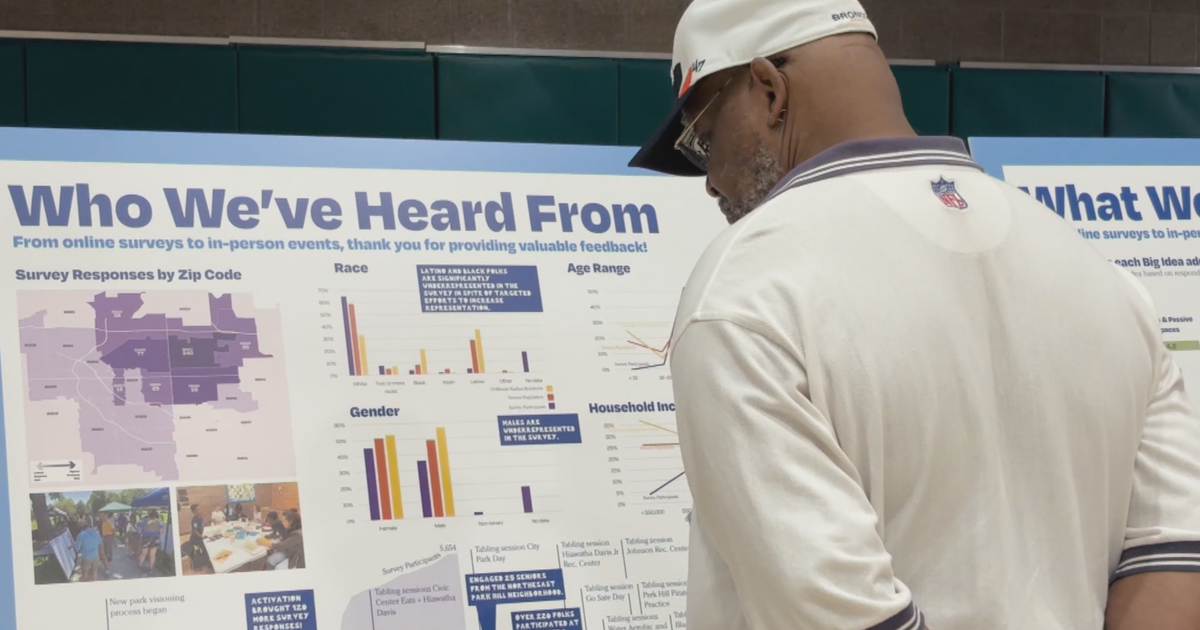
Saturday morning at Park Hill’s Hiawatha Davis Recreation Center, the City of Denver held a community open house to talk about its next big project: the city park and open space that was formerly the Park Hill Golf Course.
“It’s quite rare for a city to have this large of a park coming in. So it’s really important to us that that process is driven by the community,” said Sarah Showalter, director of planning and policy at the city’s Department of Community Planning and Development.
Residents got to see the plans for the park and the future the city has in store for the surrounding neighborhood.
“The voters clearly said that 155 acres should be a park, but the community is still looking for access to food and to affordable housing,” said Jolon Clark, executive director of Denver Parks and Recreation.
It seemed to be a good turnout, which the city likes, but two groups that appeared to be underrepresented were Black and Latino people, which is a problem, since Park Hill is a historically Black neighborhood.
Helen Bradshaw is a lifelong Park Hill resident. She and Vincent Owens, another long-time resident, came to the open house and said the problem is simple: the city isn’t meeting the neighbors of color where they are.
“The people who are just the average go to work, they might be at work or they have to work today or, you know, they couldn’t get a babysitter or something like that,” Owens said. “A lot of the elders on my block, they’re not going to come to something like this. So, you need to canvass and actually go get the voice of opinion, or they don’t know about it.”
Bradshaw and Owens say they want a neighborhood park and space for the neighbors by the neighbors. They also want a grocery store and opportunities for people who were part of the neighborhood long before it became a gem for development.
The city says that’s what they want as well, and that’s why they want everyone in Park Hill to give their input until the project is done.
“People can go to ParkHillPark.org and they can fully get involved and find out what the next engagement is, how to provide their input, you know, through an email, through a survey,” said Clark.
-

 Finance5 days ago
Finance5 days agoReimagining Finance: Derek Kudsee on Coda’s AI-Powered Future
-

 Business1 week ago
Business1 week agoHow Nexstar’s Proposed TV Merger Is Tied to Jimmy Kimmel’s Suspension
-
North Dakota5 days ago
Board approves Brent Sanford as new ‘commissioner’ of North Dakota University System
-
World1 week ago
Russian jets enter Estonia's airspace in latest test for NATO
-

 Crypto4 days ago
Crypto4 days agoTexas brothers charged in cryptocurrency kidnapping, robbery in MN
-

 World4 days ago
World4 days agoSyria’s new president takes center stage at UNGA as concerns linger over terrorist past
-

 Technology4 days ago
Technology4 days agoThese earbuds include a tiny wired microphone you can hold
-

 Culture4 days ago
Culture4 days agoTest Your Memory of These Classic Books for Young Readers
